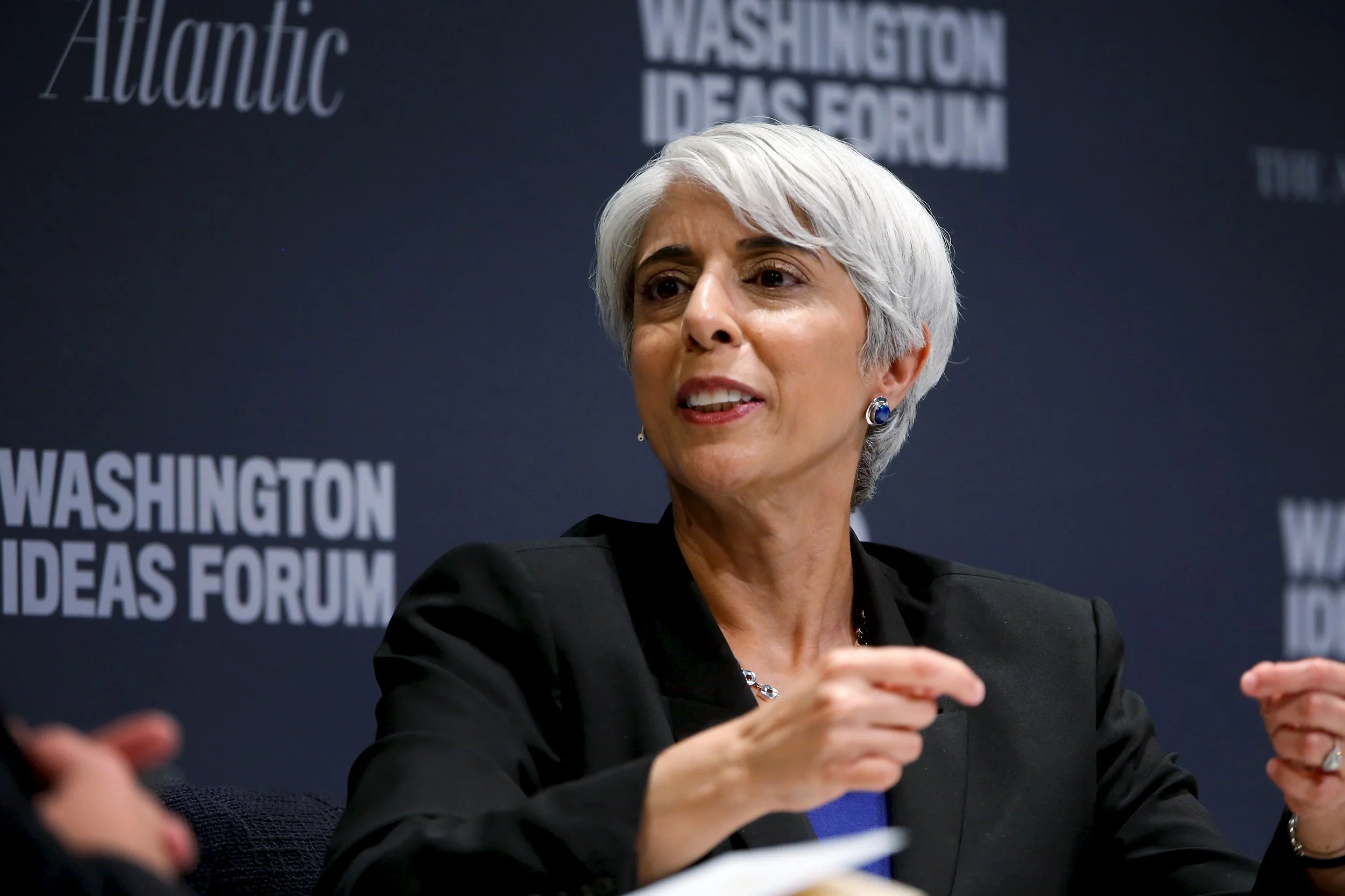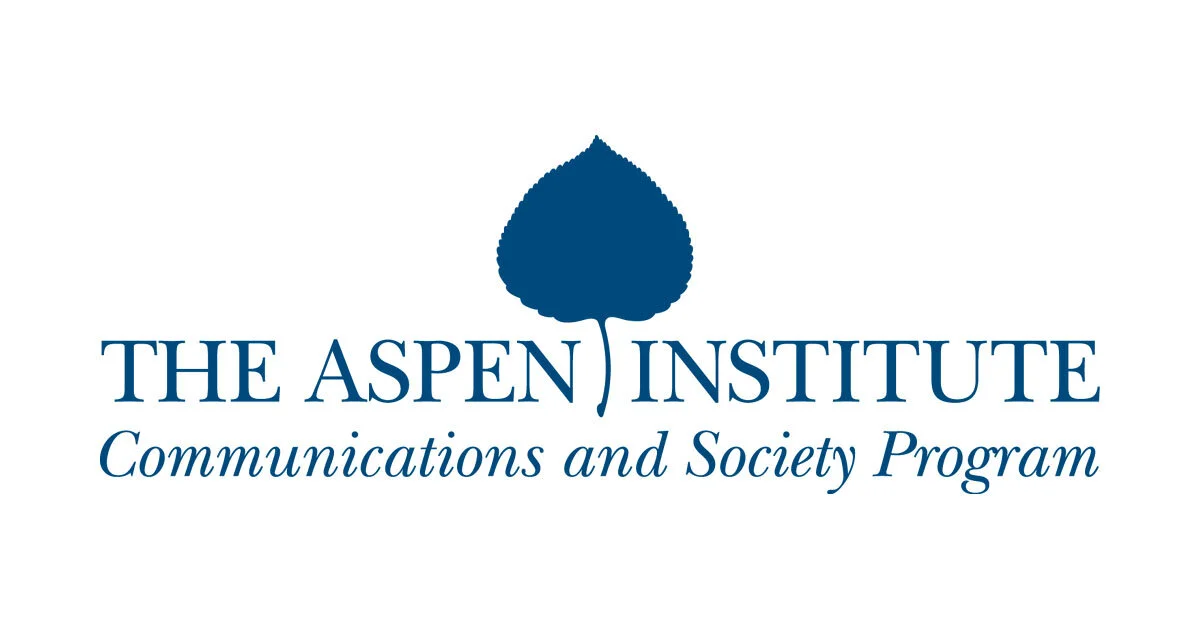On September 22, the Senate confirmed Arati Prabhakar as White House Office of Science and Technology Policy (OSTP) director, the first woman of color and immigrant to hold the position. Prabhakar is uniquely suited for navigating these challenges. She previously headed the Defense Advanced Research Projects Agency and the National Institute of Standards and Technology. She held several roles in Silicon Valley, including with the early-stage venture firm US Venture Partners, and she recently founded the nonprofit Actuate, which seeks to bring new actors to the table in developing solutions for areas such as climate, health, and trustworthy data. She will be able to draw on that public and private sector experience to shape how agencies stand up these new programs and design the guidelines and rules for new funding streams.
Implementing Federal Innovation Programs: A Road Map for States
An unexpectedly productive Congress has passed the Infrastructure Investment and Jobs Act (IIJA), CHIPS Act, and Inflation Reduction Act (IRA), which aim to improve America’s infrastructure, boost competitiveness with China, and accelerate new climate technologies. Attention now shifts to implementation. State and community leaders should begin work now to prepare for funding competitions on the horizon.
Congress Must Pass Innovation Legislation, Despite Hurdles
Senate leaders are expected to release updated text on a slimmed-down set of bills to bolster the US semiconductor chip industry. The measures will likely include $52 billion in subsidies and an investment tax credit to boost US manufacturing, but the rest of the Bipartisan Innovation Act (BIA) remains in limbo at a time when more urgent action is needed. Strengthening America’s leadership in science and innovation tomorrow will depend on three crucial areas of investments needed today in bolstering semiconductor manufacturing, boosting federal R&D, and addressing the talent gap.
American Space Achievements: Lessons from the Past Year
The past year was filled with incredible technological breakthroughs and moments of inspiration. We should celebrate these achievements, but also use them as a call for continued action to strengthen the pipelines that enable innovation. Federal policymakers and regulators should double down on using public-private partnerships and creating more regulatory room to test and scale innovations. One important element of this work should involve reviewing existing regulatory processes that may need modernization.
Investing In Overlooked Entrepreneurs
The federal Opportunity Zone program offers the chance to invest in entrepreneurs in overlooked communities. A central animating theme of the American dream is that anyone with an idea can launch their own business. This entrepreneurial energy makes enormous contributions to society by addressing unmet needs, improving lives and solving pressing problems. These entrepreneurs also serve as an economic engine for communities by creating jobs that lift people out of poverty.
Refreshed regulations may give Opportunity Zones new life
The Opportunity Zone program received a considerable boost last week with several announcements during a White House convening of mayors, state policymakers, investors, and community organizations. Secretary of the Treasury Steven Mnuchin announced a second tranche of proposed regulations for the Opportunity Zone program, this time clarifying how Qualified Opportunity Funds can be used for business investment in struggling communities. He also announced a new process to explore reporting requirements. Additionally, HUD Secretary Ben Carson released the implementation plan for the White House Opportunity and Revitalization Council.
Uber Shows How Companies Are Preparing For the Future of Work
Workers who participate in the “gig economy” do not neatly fit into traditional categories of full-time or part-time workers. Some workers use side gigs to supplement their income and enjoy the flexibility of working when it is most convenient for them. Others are using this type of work as their primary source of income, but lack the employer-provided benefits many full-time employees enjoy.
That is what makes last week’s announcement by Uber and Arizona State University so significant. The new partnership gives their drivers flexible education options with 100 percent tuition coverage.
The Other Challenge of Artificial Intelligence
By now, it is almost routine to see columns sounding the alarm about millions of existing jobs at risk of being automated. However, the real risk is that we do not have a system ready to equip people with the skills needed to fill millions of new and modified jobs that will result from the rise of AI.
Unleashing Entrepreneurial Energy to Transform Education
This emerging generation of entrepreneurs is blurring the lines between purely social or business interests as demonstrated by the rise of Silicon Valley companies tackling societal challenges ranging from greentech to healthcare to education. These social entrepreneurs are often driven by a double bottom line of measuring success not just based on traditional business metrics but also social outcomes. Within this wave of social entrepreneurs are individuals launching ventures aimed at solving difficult challenges within our education system. They strive to address pain points and frustrations for teachers, improve the learning experience for students, offer parents new ways to help their child, or reimagine the way instruction can be delivered using games.
There are thousands of entrepreneurs just waiting to bring innovations to education. The question before us is if our nation will give them the opportunity to do so.
Aspen Institute Taskforce on Learning and the Internet: Learner at the Center of a Networked World
The Aspen Task Force on Learning and the Internet, with support and guidance from the John D. and Catherine T. MacArthur Foundation, is a group of 20 innovative and respected minds in technology, public policy, education, business, privacy and safety. The Task Force’s goal was to understand the ways in which young people learn today and to optimize learning and innovation within a trusted environment.
Six Recommendations for Learning in the Digital Age
The 20-member task force, which includes three former Federal Communications Commission leaders, made six recommendations comprising 26 action steps for policymakers, education leaders and others in a report released on Tuesday, June 17. But the central idea of this report is that learning should revolve around the student, not the institution of school.














